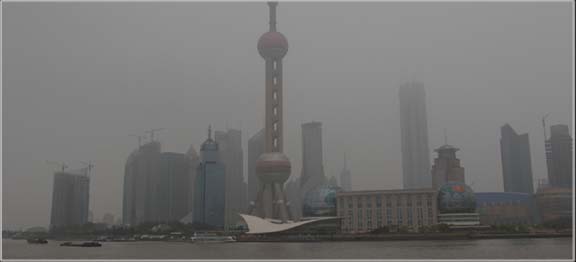The World Bank’s latest report indicate that greenhouse gas emissions, measured in tons of carbon dioxide equivalent per capita, of the cities of Tianjin, Shanghai and Beijing «far exceed» those of other cities around the world such as Paris, Tokyo, London, Barcelona and Jakarta.
The bank’s data show that about 40 percent of urban emissions from the three cities are from power generation and another 40 percent are from industrial activities. Globally though, most urban emissions come from transport, buildings, and waste – which only account for about 20 percent of China’s urban emissions.
Shomik Mehindratta, a World Bank urban transport specialist and co-editor of the report, said the emission pattern reflects China’s role as an important global center of industrial production.
Cities account for more than 70 percent of energy-related greenhouse gas emissions worldwide and this is expected to rise to 76 percent by 2030, said the report.
«With China set to add an estimated 350 million residents to its cities over the next 20 years, the case for urgent action is strong.»
According to the country’s National Bureau of Statistics, the number of people living in China’s cities for the first time exceeded those living in rural areas by the end of 2011, with an urbanization rate of 51.3 percent.
«Cities will need to act on multiple fronts, from improving their land-use and spatial development to energy-efficient buildings and industries, from public transport system to efficient management of water, wastewater, and solid waste,» the report said.
Climate change adaptation, meanwhile, should be incorporated in the planning, investment decisions, and emergency-preparedness plans of cities.
The report recommends that urban leaders encourage a cleaner supply of energy; enhance market-based methods of energy demand management; enforce energy-efficient building codes; and switch to consumption-based billing for district heating.
It also suggests optimizing the transport system to provide alternatives to automobiles and encourage walking and bicycling.
China aims to reduce its energy intensity, a measure of how much energy is used to produce a unit of G.D.P., by 16 percent by 2015 – the last year of the current five-year plan – and cut its carbon dioxide emissions per unit of G.D.P. by 17 percent by the same year. – EcoSeed Staff






















